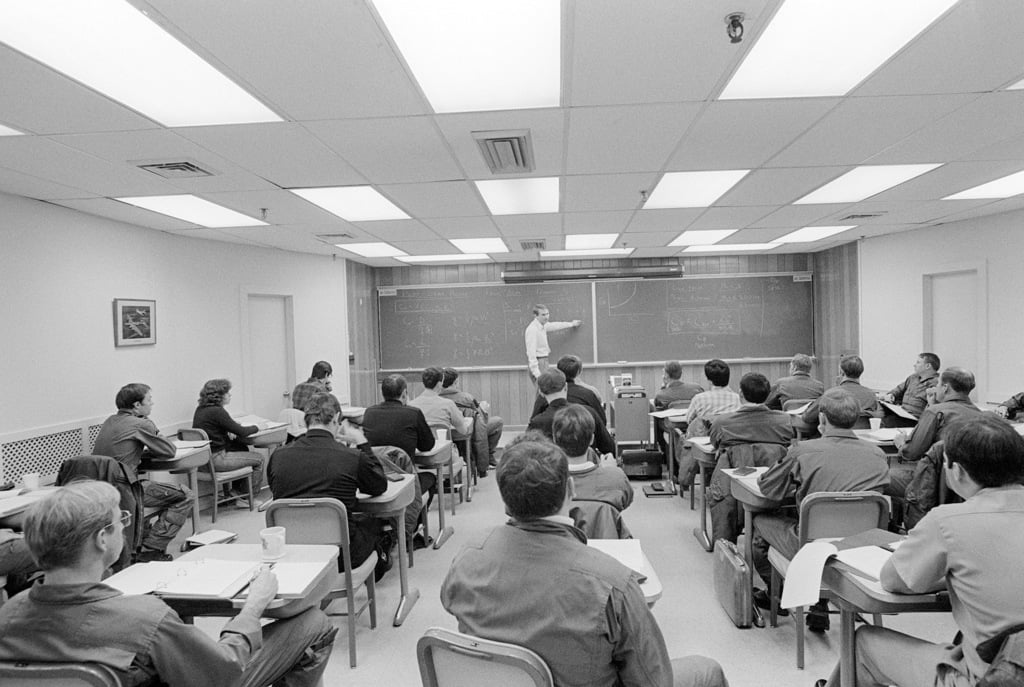Classroom research delves into what happens within classrooms to gain insights into teaching and learning processes. Originating in the 1960s, it emerged as a response to the limitations of traditional research methods that overlooked classroom dynamics. Unlike earlier approaches, classroom research examines both observable behaviors, such as teacher and learner actions, and unobservable aspects like thoughts and attitudes.
Exploring Classroom Dynamics
Classroom research encompasses various methods, including direct observation, participant diaries, questionnaires, and interviews. These techniques allow for both qualitative and quantitative analysis of classroom activities. Central to this approach is classroom observation, often conducted through audio or video recordings and subsequent transcription for analysis.
Evolution of Classroom Observation
Historically, classroom observation has been integral to evaluating teacher performance and training. In the 1960s, the introduction of “interaction analysis” revolutionized classroom observation by providing objective descriptions of classroom behavior. This shift from subjective evaluations to objective observations paved the way for more comprehensive research methodologies.
Challenges and Innovations
Early attempts to compare teaching methods, such as the audio-lingual approach, highlighted the need for more sophisticated research techniques. As a result, researchers developed category systems like “FOCUS” and “COLT” to capture the complexities of language classrooms. Additionally, the introduction of “mentalistic” research techniques, such as diary studies and think-aloud procedures, allowed for a deeper understanding of teachers’ and learners’ subjective experiences.
The Role of Teacher Development
Over time, classroom research evolved beyond teacher training to become a valid academic pursuit. However, the relationship between academic research and teacher development remains complex. While classroom research contributes to theory-building, action research emerged as a practical approach for solving immediate classroom problems. This shift empowered teachers to conduct research in their own classrooms, focusing on actionable solutions rather than abstract theories.
Current Trends and Challenges
Despite its widespread acceptance, classroom research faces challenges in balancing academic rigor with practical relevance. Issues such as the burden on teachers and the need for streamlined research procedures persist. Initiatives like “exploratory practice” aim to address these challenges by minimizing procedural complexities.
Conclusion
In conclusion, classroom research plays a vital role in understanding teaching and learning processes. From its origins in the 1960s to its current applications in teacher development, it continues to evolve to meet the changing needs of educators. By bridging the gap between theory and practice, classroom research contributes to the ongoing improvement of educational practices worldwide.








